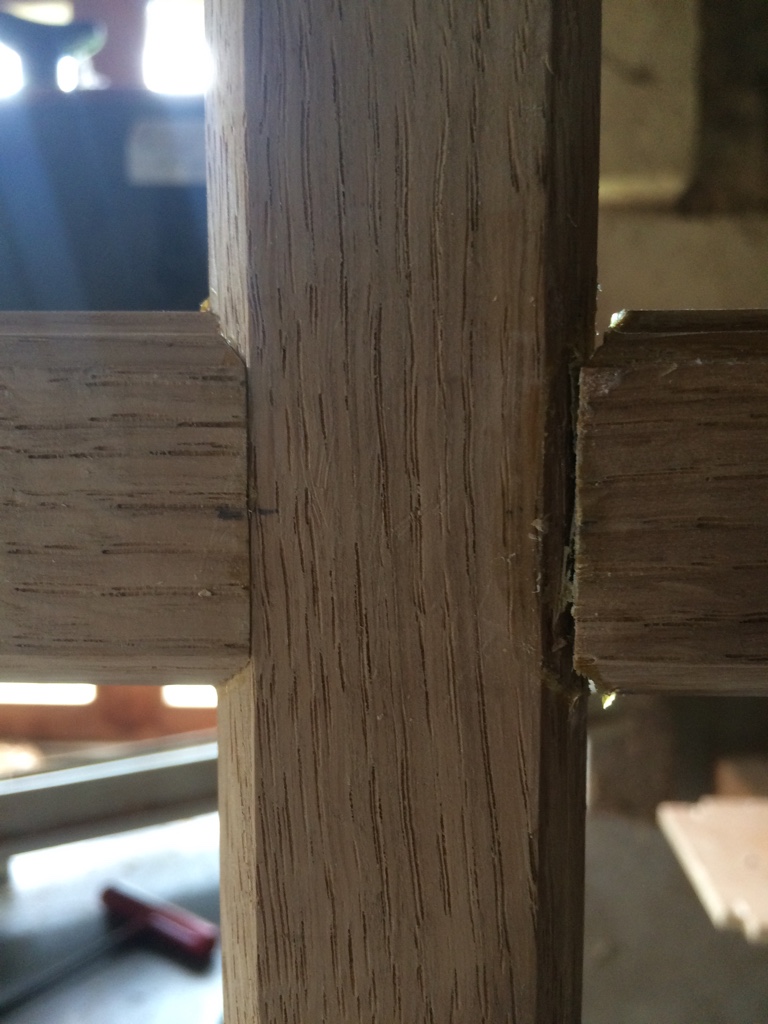jimmybigfoot
Established Member
Hi guys, I've made some oak doors and have a tenon that was cracked "I didn't realise" glued it all up and it has seperated as in the photo. I've tried Titebonding and clamping but it separated again. I thought about a small Dutchman but I need it invisible really cause it's for a customer :/ anyone have a solution?
Thanks
Jim

Thanks
Jim



































